Over the last couple of months this newsletter has mentioned the Bunya Pine often. Locally they fruited this year producing dozens of huge cones with edible seeds. Even a Bunya in Mead Garden dropped some cones proving it was a Bunya not a close relative, the Monkey Puzzle Tree, which also has edible seeds. Forgotten in all of this is the third common member of the Araucaria clan, the Norfolk Island Pine, which is actually far more common.
The Norfolk Island Pine, or Norfolk Pine, also produces a pineapple-ish cone with edible seeds. They are common in warm, humid coastal areas because the species is quite salt tolerant. At one time the greater family included a huge amount of species ranging over much of the earth. But botanists tell us that most of them died out along with the dinosaurs leaving just a few species ranging from South America to Australia. While in its native habitat the Norfolk Pine can reach 150 feet high and 10 feet through in North America it is often a house or office plant popular because it somewhat resembles a Christmas tree. I can personally attest they are more popular than the Bunya Pine, the number of which locally I can count on one hand. Norfolk Pines are common in landscape here with several just down the street, but not fruiting this year.
In some areas the species, which is officially “vulnerable” because of native rarity, is banned. This is usually in areas that are warm enough for it to grow but sometimes have a colder than usual winter with frost or light freezes. Vero Beach, Florida, is one such community that has banned the tree. Frosts can leave the tree supported by a spindle of inner wood which the first strong windstorm can break. The tree is also on the state’s invasive species list though it is not as big a problem as many other species. It has also had a name change. For a long time the Norfolk Island Pine was called Araucaria heterophylla. Botanists now say that was misapplied and the Norfolk Island Pine is actually Araucaria columnaris. It’s seeds are still edible. The Araucaria angustifolia also has edible seeds.
Catching a second seasonal breath before our mild winter is the Hairy Cowpea, or Vigna luteola. It has two better known relatives, the Black Eye Pea and the Mung Bean. One can reliably find Hairy Cowpeas near bodies of fresh water; stream banks, pond edges, ditches, lakes and the like. But every now and then you will find it growing in what appears to be a dry spot. Generally, though, it is a near-water edible. One usually find them while looking for ground nuts which also like it damp. Hairy cowpea’s seeds are edible cooked and the yellow blossoms are edible raw or cooked though if I were going to eat a lot of blossoms I would cook them. Raw they are a trail side nibble. One note about yellow flowers in general: They tend to have a laxative affect. To read more about the Hairy Cowpea, go here.
Yes, Saw Palmetto berries taste like vomit. There’s really no way around that. One might stretch that flavor to blue cheese with a lot of hot pepper. Or, as the original English taster, Jonathan Dickerson said in the 1690’s, rotten cheese soaked in tobacco juice. They are coming into season now and for the next two or three weeks. For medical uses they can be collected when gold or black. For eating purposes — don’t laugh — they should black but solid. One can eat them if they are dehydrated and wrinkled a bit but the flavor can be more intense. The berries are actually highly nutritious, and good medicine, too. As every taste is acquired, except perhaps for mother’s milk, one can learn to like Saw Palmetto berries, some even like them from the start. They are very easy to find this time of year just look for any flatwood scrub. Hint: If you are going to taste one, have some other strong- flavored food on hand and water to help rinse the taste away if you don’t like it. If you don’t rinse that flavor away it will last for quite a while, just as the taste of vomit can. To read more about the Saw Palmetto, go here.
If Saw Palmetto berries are the ridiculous this time of year, then Persimmons are the sublime, if you get them ripe. Unripe a Persimmon will insult your mouth. Ripe they are soft, sweet, tasty leaving you wanting more. There’s a saying that Persimmons aren’t good until there is a frost. As we don’t have frosts here in Florida until perhaps January that is not a requirement. The best Persimmons are the ones you have to fight the ants for. But you can also find ripe Persimmons on trees as well. Either location they should be burnt orange in color and soft. If they are not soft they will be astringent and not edible. Persimmons are a common tree and usually found growing near each other. What happens is a female tree will fruit for many years with her seeds being distributed nearby via animals. So when you find one Persimmon if you look around you will usually find more. Persimmons are a transition tree and are most commonly found along the edges of road, paths, fields and streams. For my local readers a common place to find them is along the West Orange Bike Trail west of Ingram Road in Ocoee. To read more about Persimmons click here.
A reminder the Florida Herbal Conference 2014 will be held in Deland again this coming February. Susan Weed will be the among featured speakers. And again this year there is an early bird special for those who sign up before Oct. 31 and use the code EATTHEWEEDS. For the third year in a row I will be leading weed walks at the herbal conference, a challenge in winter on dry ground. The walks are usually first thing in the morning when the air is cool and camp fires warm. Although it is the Florida Herbal Conference it draws teachers and students from all over North America. And as mentioned above you get a discount because you read this newsletter.
You don’t have to eat mushrooms to appreciate them. With a wide variety of colors and shapes they are always interesting to look it. Some people just like the challenge of identifying them. They comprise a subterranean world of life of which we only see a tiny part, the mushroom. Since mushrooms are nearly all water they don’t reproduce well unless there is water. This week there had been enough rain for flooding which means in the days to come there should be mushroom popping up all over the place. Besides lawns look for them under trees with which many have a positive symbiotic relationship particularly pines and oaks. And again never eat an unidentified mushroom. But you can enjoy them for their beauty.
 There has been a change in newsletter policy. The subscription base has become so large that the newsletter is becoming expensive to mail every month. To that end we might start adding ads to off set the cost. Also subscriptions will no longer expire if the newsletters are not being opened after mailing. Every endeavor has growing pains and this is one of them. Thanks for your understanding.
There has been a change in newsletter policy. The subscription base has become so large that the newsletter is becoming expensive to mail every month. To that end we might start adding ads to off set the cost. Also subscriptions will no longer expire if the newsletters are not being opened after mailing. Every endeavor has growing pains and this is one of them. Thanks for your understanding.
_______________________________________
Even though my foraging videos are for free on the internet some foragers like to have their own copy. My nine DVDs have 15 videos each, from 01 to 135, and come in nine cases each with a picture of yours truly on it. In the process of moving the videos to DVS some of them were enhanced slightly from the version on the Internet. In a few months I hope to have volume 10 available as well. I print and compile the sets myself so if you have any issues I handle it personally. There are no middle men. To learn more about them or to order the DVS click here.

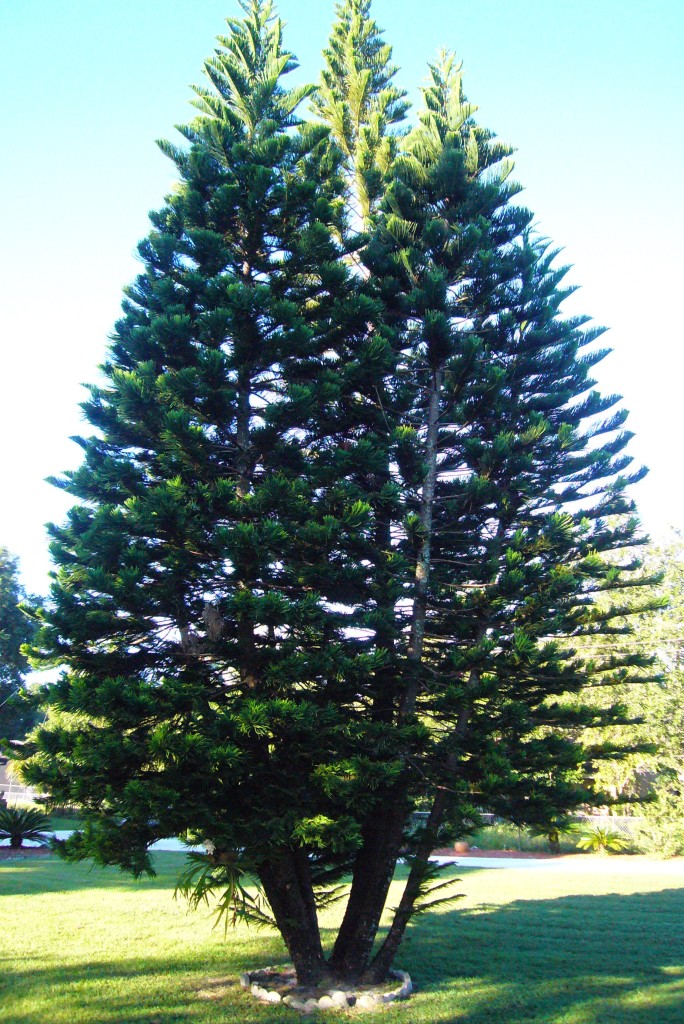
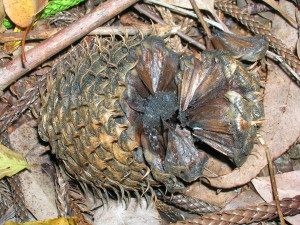
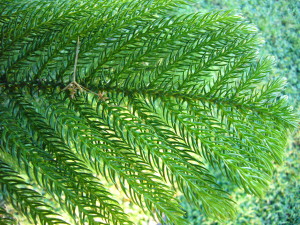
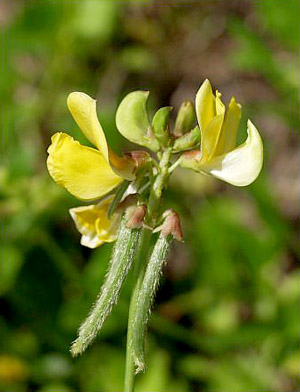
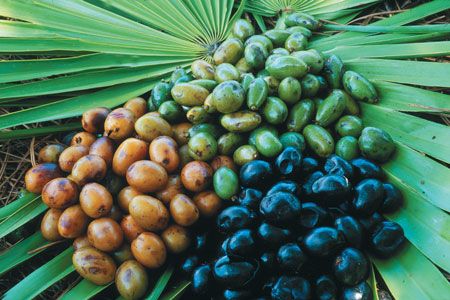
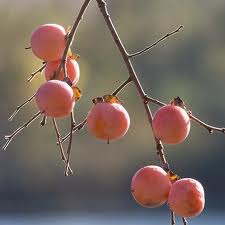

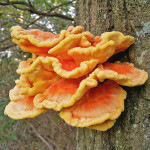


Dean,
No worries here regarding the addition of Ads.
Cost of success. It is what it is.
I’m sure you will keep them on mark with the content of this wonderful, educational website.
Thanks much for your continued endeavors afield.
CCE
Hastings, MN
This is such an interesting newsletter – probably the best I have ever received. Why not consider charging a small fee? I get so tired of looking at ads everywhere. I would prefer to pay a fee rather than look at more ads – though I certainly won’t unsubscribe if I have to look at them. Maybe you could do a little polling on your forum and elsewhere and see what others think.
+1 with Mindy
Me, too, with Mindy and BP! I’ll pay a fee if that will help you with the cost of emailing. Or, can you accept donations via PayPal? Ads are okay I suppose.
Or you could do what a lot of apps do…offer a free version with ads or an ad-less paid version
hi green dean, this orange and yellow mushroom is quite good when young and tender and slightly lemony, it can be dry fried then sated in butter eaten with eggs! or good in chicken dishes. when its older its rather tough and chewy like cardboard
though if you try it, try a tinny amount of it cooked then wait 30 minutes to see if it agrees with you.
the botanical name is laetiporus sulphureus (chicken of the woods)
i would be sorry to see a fee charged-i’d have to let go of the newsletter-
however i am fine with the ads, if that is what is needed to keep things going-hopefully they are in ethical keeping with the site-
thanks
Have been following your news letter for several years now. My area has been further north than your target area, but will soon be moving closer. I would vote for either advertisements relating to our area of interest and/or subscriptions. You have been providing such a valuable service in maintaining your web site and search engine, that I believe you deserve much more compensation for your time than you have been receiving up till now. Thanks for all the hard work. As soon as I can rub a few coins together I will be ordering your DVD’s
I love these pine trees. I see them once and a wile in California. Good stuff, thanks.
+2 with Mindy
Thank you for your wonderful effort. Just to continue reading your work, I might eat a Saw Palmetto berry.
ads are fine with me, I assume they would be complimentary to the subject matter. Just keep up the good work. thanks, barry. ps; great hike last week.
Ads or fees, whatevah you need to do to make it work.
As for the newsletter, I ‘m confident your experience coupled with your wisdom will keep your readers continue to benefit. To say a word about the blue flower – Vigna membranaceae ( a relative of Vigna luteola ) , still here even in Khartoum, one may find it easy to eat as roasted pods together with roasted corn cobs bought cheaply in public places. These are rich source of energy specially in cold winter nights beside the enjoyable time and the chatting with sellers around charcoal fire.
What a lovely mushroom specimen – chicken of the woods (Laetiporus sulphureus). I don’t think there is any other tree mushroom that it can be confused with. It is edible and, as the name suggests, texturally it is kind of like chicken breast.